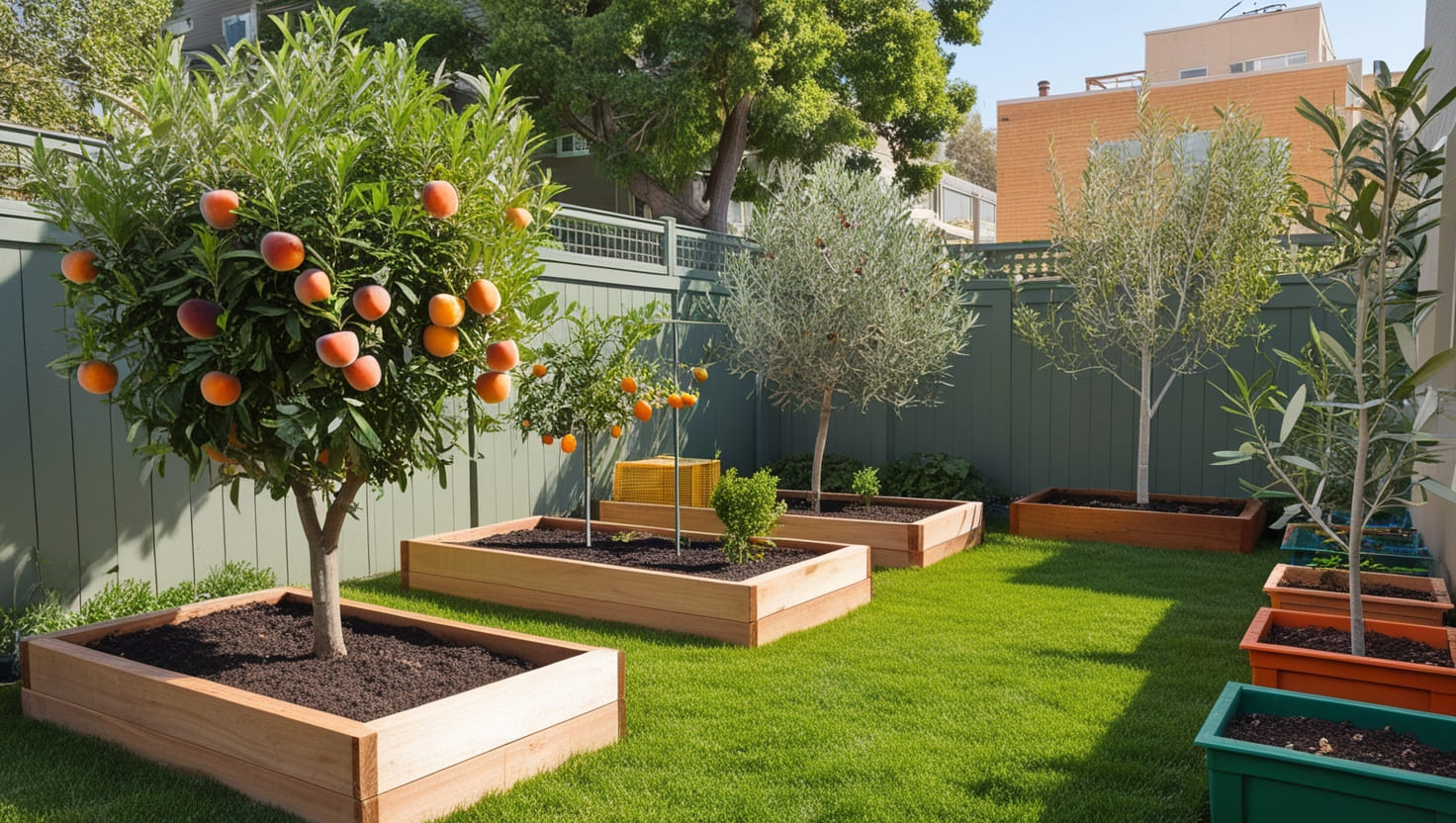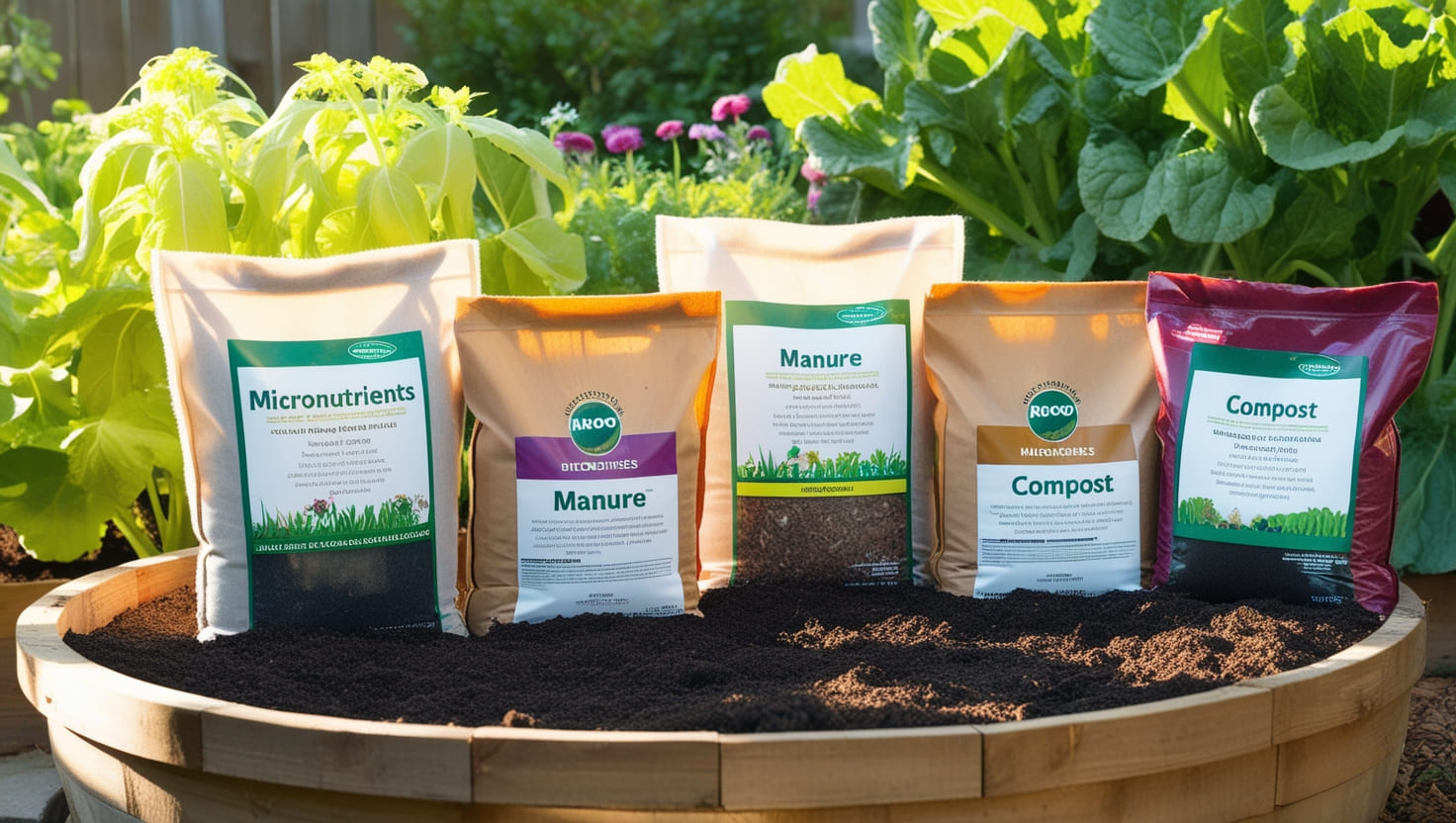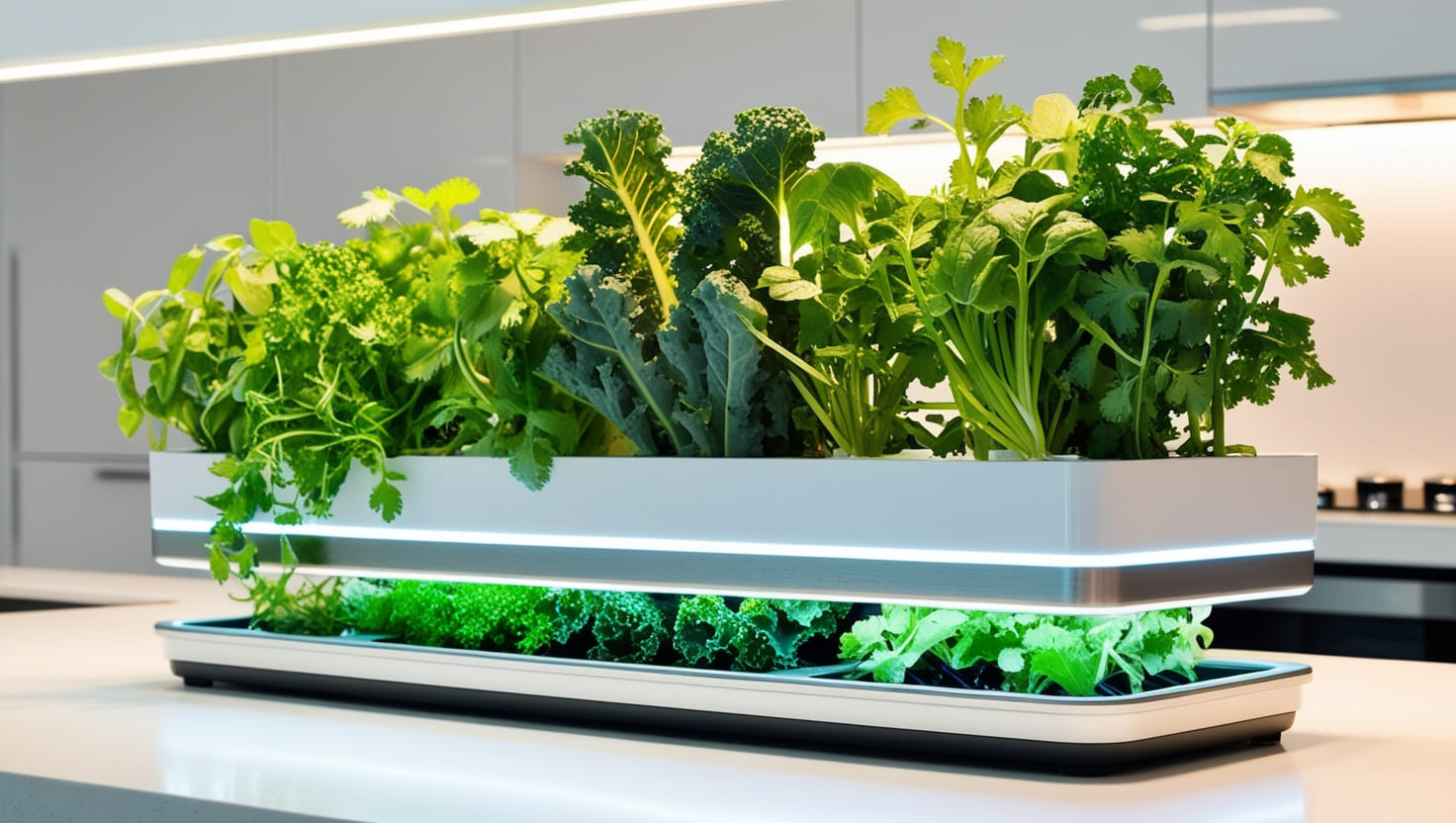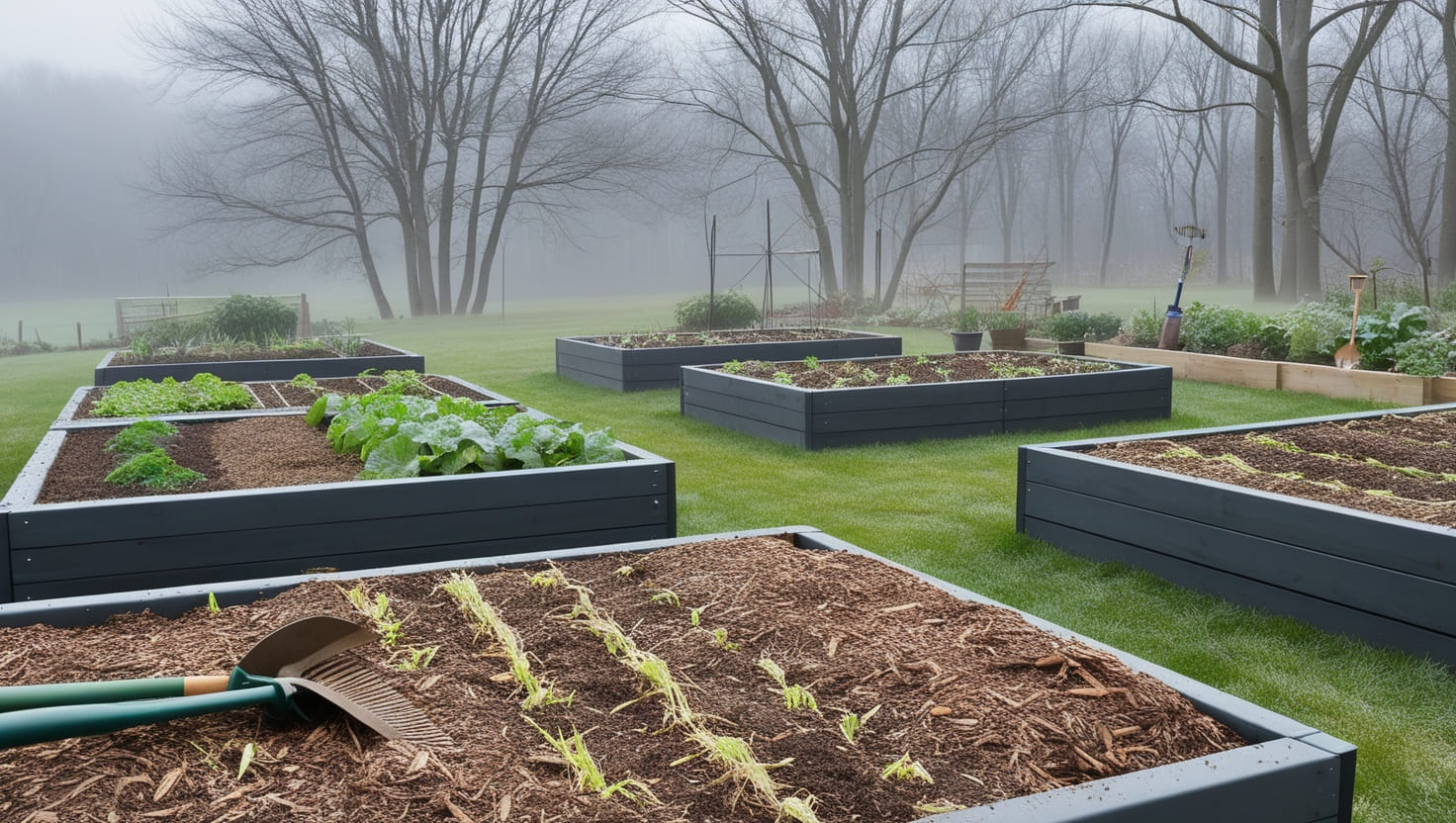
Introduction
What is Affordable Gardening?
Affordable gardening refers to the practice of creating and maintaining a garden using cost-effective methods and resources. Whether you are a novice or a seasoned gardener, finding ways to save money while still cultivating a beautiful and productive garden is both rewarding and sustainable.
Why It Matters
Gardening is an expensive hobby (if you let it be) But if you know what you’re doing, gardening can still offer fresh food and lovely flowers—without turning into a money pits. Low-cost gardening also helps with the sustainable movement by using recycled items, composting and water conservation.
Overview of the Article
In this post, we will talk all about how to garden on a budget and I will go over some tips/tricks/resources that have allowed me to save money while growing my own organic produce! Whether you are planning your garden, selecting plants that work for you and the environment, dealing with soil management or embarking on a few DIY projects—or simply want to know how to keep things green while remaining in the black—you will find everything right here.
Budget Friendly Garden Planning
Setting a Realistic Budget
The first thing before you start anything in your garden or on any project is to set a realistic budget. This includes seed expenses, soil, toolkits and any accessories you might need. It’s not dissimilar to a budget: spend money on the things you value most — be that an abundance of colourful flowers or those juicy tomatoes.
Choosing the Right Plants
Choose plants that cost relatively less and are also simple to grow. For instance perennials return annually, meaning replanting isn’t required every year. The good news is that these plants are low-maintenance, and many native options require less water due to their drought tolerance.
Prioritizing Essential Tools
Treat yourself to necessary garden tools, including a durable spade and pruning shears, as well as a watering can. Find sales deals, or check the second-hand market for lower price alternatives. A few good tools are all that you need to get most gardening jobs done, so hold on your pocket book!
Soil and Fertilizers
Soil Testing and Improvement
Rehabilitating soil: the key to a great garden You may want to have a soil test done to determine pH level and nutrients. Adding organic matter — such as compost, to your soil can increase fertility and improve the structure of poor soils without buying expensive commercial products.
DIY Composting
Compost is a great way to recycle left over food and yard trimmings into nutrient rich organic fertilizer. They are easy to set up and can save you a lot of money on your garden. Making your compost ensures a plentiful supply of organic fertilizer, the same that will feed your greens over their season.
Affordable Fertilizer Options
You also have a few cheap fertiliser solutions if composting won’t work. Fish emulsion, bone meal or seaweed extract are organic fertilizers that deliver the necessary nutrients to your plants cheaply. Diluted coffee grounds or eggshells can also be added to enhance the fertility of your soils.
Watering Techniques
Water Conservation Tips
There are a lot of ways to save money and help out the environment by conserving water. Mulching your garden beds helps to hold water in, and can cut down on the need for watering. Also, watering in early morning or late evening=> reduces evaporation and the plants get th maximum benefit.
DIY Irrigation Systems
Building your own irrigation system need not to be wasteful in terms of both capital and output. Other simpler solutions to a drip irrigation system can be found with only using hoses and some fittings. This system helps you get water precisely where it needs to be, straight into the roots of your plants instead of around them or on top.
WATER WISE TIPS: SMART WATERING
Smart watering is essential to keeping your garden in the pink without breaking the bank. Nestle established plants 16 inches apart and maintain extra-wide spacing for every plant or add irrigation pipes to allow deep, occasional watering that promotes strong root growth. Water wisely by creating a grouping of plants with the same water needs, and you will be able to adjust your watering schedule as well as reduce the need for excessive use.
DIY Garden Projects
Gardening Tools: Upcycled Materials
If you are creative with your materials, gardening doesn´t have to cost a fortune. Another cost saving tip is turning old trash into treasure such as containers, pallets, and even tires before hiring a Landscaper. Additionally, reusing materials greatly reduces waste — another important aspect of sustainability.
Building Your Own Planters
Creating planters of your own, using different techniques is a cheap way to add more greenery. DIY Planter Box Ideas that you can make with simple tools! All theseors can be created with few tools and materials, making them an affordable option to use in gardens.
Creating a Compost Bin
Building a compost bin is an easy, useful project to put the thrift jack-of-all trades into work for your garden. A compost bin can be fashioned with wooden pallets, wire mesh or even an old trashcan to convert organic waste into fertilizer for your garden.
Affordable Garden Maintenance
Natural Pest Control Methods
Go for natural pest control methods instead of pricey chemical pesticides. There are ways to control most pests through companion planning or introducing beneficial insects.—–Furthermore homemade insecticidal sprays such as : neem oil can be very effective with minimal cost and no environmental damage.
Budget Pruning and Weeding
Few plants out there which you can prune and weed as part of regular garden maintenance that are not expansive on initial cost. Get A High-Quality Pair Of Pruning Shears, Mulch For Weed Control Mulching helps to conserve moisture, and also reduces the weeding time.
Seasonal Care Tips
Seasonal garden maintenance can save you time and money Leaves to compost can be collected in the fall, and seeds need planting indoors in spring (or they will have to be purchase seedlings.) Regular care keeps your garden alive and well all year around, with a little cost spending.
Growing Your Own Food
Starting a Vegetable Garden
It is a rewarding way to save on groceries by growing your own vegetables. Martens suggests a few easy-to-grow staples to start with, such as tomatoes, lettuce and beans. For little money, they produce a lot of food and you will find good need to cut back on your grocery bill in no time.
Unassuming Herbs to Grow on the Cheap
Herbs are wonderful to have in the garden, as they tend to be much less expensive home-grown than purchased. Basil, parsley and mint are simple to grow — all three can be cut steadily from the spring until first snow. Hydrangea When to Water Herbs Watering is one of the critical areas in growing herbs in pots or planters.
For the biggest bang for your buck in a garden Chick shared that you should focus on crop rotation, companion planting and succession planting. This improves soil health, eliminates pest problems and guarantees a continuous harvest throughout the entire growing season.
Indoor Gardening on a Budget
Choosing the Right Indoor Plants
For people who have some outdoor space indoor gardening is an ideal option. Items like succulents, spider plants and pothos are not costly or difficult to manage. These indoor plants not only require very low maintenance but are also the best purify air.
DIY Indoor Garden Projects
A home garden need not be expensive. Use trays and repurpose jars or cans for planting, station them on a kitchen windowsill. Also, a vertical garden is low cost and best way to utilize space in your home.
Affordable Lighting Solutions
Lighting is important for indoor plants, but it does not need to be expensive. LED grow lights have lower energy intensity and are better equipped to provide the desired light spectrum for plant growth. Subparillumination of Plants, More Light Through the WindowPlacing plants near windows can reduce artificial lighting and sufficient natural light
Ecological Gardening Techniques
Water Recycling
Water recycling can be the perfect and cheap way to keep all your green-immortals in good condition. By collecting rainwater and reusing grey water from activities such washing-up, you will not only able to save money on your water bills but also keep the garden green.
Mulching for Soil Health
Mulching is an inexpensive way to both improve the health of your soil and conserve moisture. Mulch your garden beds using organic materials, like straw,leaves or wood chips. Mulching helps to retain soil moisture as well, and in the end the mulch breaks down acting like compost while also composting weeds. – Read more about, How make perfect Mulch for your garden easily with low cost.
Composting Kitchen Waste
Kitchen compost is a great way to cut down on household waste and produce fertilizer for your garden. Composting fruit & vegetable scraps, coffee grounds and eggshells are nutrients that will enrich the soil in your garden.
Community Gardening
Starting or Joining a Community Garden
Community gardens are the perfect solution to low-cost gardening. Sharing with your neighbors reduces costs and widens the variety of plants you can grow by swapping tools, seeds wires or knowledge. If there is not a community garden in your area, look at starting one with neighbors or local organizations.
Sharing Resources and Expertise
When it comes to community gardening, one of its biggest advantages is having the ability to share resources and knowledge. Working with other gardeners gives you a chance to share tips and tricks, save money on gardening supplies, and grow an even bigger crop in your backyard.
Advantages of Community Gardening
In addition to the self-evident economic savings, community gardening produces a multitude of social and environmental benefits. This creates a community connection, delivers fresh foods and facilitates waste management through responsible gardening practices.
Inexpensive Gardening Trends of the Future
The Rise of Urban Gardening
As space continues to be a challenge for gardeners, urban gardening is trending as more homeowners are choosing to grow food in smaller spaces. With adaptations like rooftop gardens to vertical farming and more, urban gardening is a groundbreaking alternative for city-dwelling garden enthusiasts.
Sustainable Technologies and Innovations
With sustainability as a focus, new gardening innovations are cropping up everywhere. Aquaponics, hydroponics and permaculture are making a come back as quick easy solutions that may give gardeners just the edge they need to start up again.
Technology in Gardening
The less obvious role of technology in inexpensive gardening is a growing one. Plant identification, watering schedules and pest control apps make gardening more approachable to save your investment from going down the drain. In addition, smart gardening tools such as automated watering systems are gaining in popularity and affordable.
Conclusion
Summary of Key Points
By careful planning, creativity and sustainability gardening can still be made affordable. The DIY approach will help you to set a budget, select the dependent plants and allow setting another focal point of beauty in your garden.
Final Thoughts
Growing a meaningful garden without spending much shouldn’t involve skimping on quality or beauty. You can still get all that gardening has to offer by using the right strategies. Always remember the biggest investment to your garden is time and effort.
Ready to try a budget-friendly approach? Some other ideas would be to plan out your garden, set a spending limit and be more creative with projects you can do on your own. If you are growing vegetables, flowers or even indoor plants there literally is no end to all the ways one can save money and have a rad little garden at that. Happy gardening!




